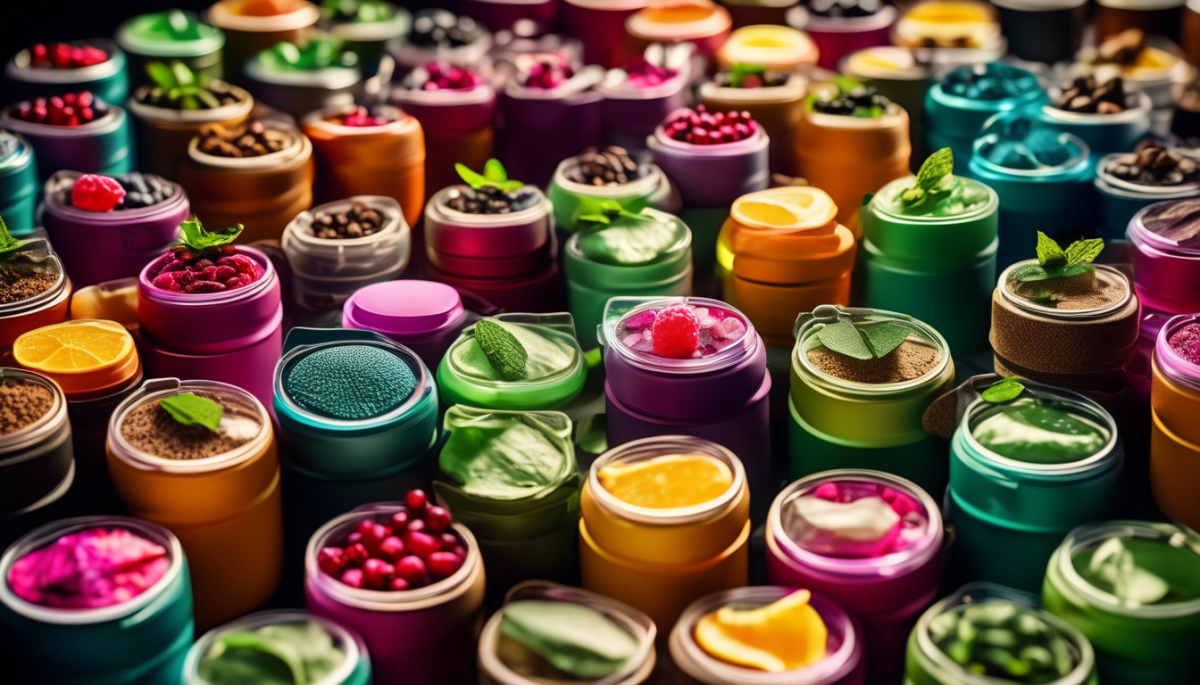
One effective approach is the utilization of SEO-friendly and rich product texts. These texts play a crucial role in improving search engine rankings and attracting potential customers. By integrating relevant keywords and structured content, businesses can ensure that their products are more visible in search engine results pages.
Benefits of Increased Visibility:
- Higher traffic
- Increased sales
Crafting Product Descriptions:
- Ensure they are both informative and engaging to enhance the user experience.
- Encourage customers to spend more time on a website.
- Facilitate easier purchase decisions.
Unique Value Propositions:
- Use rich product texts to convey unique value propositions.
- Differentiate products from competitors.
This article explores the methodologies and benefits of leveraging SEO-friendly and rich product texts to boost sales and establish a strong digital presence.
For further insights and resources on optimizing your digital commerce strategies, visit shopedia.com.
Importance of SEO-Friendly Texts
SEO-friendly texts are crucial for enhancing online visibility and driving organic traffic to a website.
By incorporating SEO optimization techniques, websites can ensure that their content is easily discoverable by search engines, thus reaching a broader audience.
Effective product descriptions play a significant role in this process.
They provide essential information about a product while integrating relevant keywords that align with what potential customers are searching for. This strategic use of keywords aids in improving search engine rankings, making the products more accessible to users.
Additionally, SEO-friendly texts contribute to increased user engagement.
When product descriptions are well-optimized, they not only attract search engines but also captivate the interest of the target audience. Engaging content encourages users to:
- Spend more time on the website
- Explore the products further
- Potentially lead to higher conversion rates
A sense of belonging is fostered when users find content that resonates with their needs, ultimately establishing a loyal customer base for the business.
Crafting Compelling Product Descriptions
Crafting compelling product descriptions involves blending creativity with strategy to effectively highlight the unique features and benefits of a product. This process is crucial for capturing the interest of potential customers and fostering a sense of connection and belonging.
A well-crafted product description not only informs but also resonates with the target audience, encouraging them to envision the product as an integral part of their lives.
To achieve this, SEO optimization plays a pivotal role in ensuring product descriptions are easily discoverable by search engines. By incorporating relevant keywords naturally, these descriptions can attract the right audience and improve search engine rankings.
It is essential to maintain a balance between SEO optimization and engaging content, as excessively keyword-stuffed descriptions may deter potential customers.
User engagement can be enhanced through product descriptions that address customer needs and preferences, utilizing persuasive language and storytelling techniques.
By focusing on how a product can solve problems or improve the customer’s lifestyle, businesses can create a compelling narrative that drives conversions.

Enhancing User Experience
Enhancing user experience involves creating an intuitive, seamless interaction that encourages customers to explore and engage with products effortlessly. A well-structured website, with clear navigation and accessible information, fosters a sense of belonging among customers, making it easier for them to find desired products and information.
SEO Optimization is crucial for crafting product descriptions that not only attract search engine traffic but also maintain user engagement. To achieve this, product descriptions should be:
- Concise yet informative
- Offering essential details that resonate with the target audience
This approach ensures customers feel understood and valued, enhancing their overall shopping experience. Additionally, implementing SEO techniques ensures that these descriptions remain visible and appealing to both search engines and users.
The integration of user-friendly design elements, such as:
- Responsive layouts
- Quick-loading pages
further complements the product descriptions, creating a cohesive experience.
Ultimately, a focus on enhancing user experience leads to increased satisfaction and sustained interest, translating into improved sales performance.

Conveying Unique Value Propositions
A compelling unique value proposition clearly communicates the distinct benefits and advantages a product offers, setting it apart from competitors in the market.
Effective product descriptions play a crucial role in conveying these unique attributes, directly impacting user engagement and fostering a sense of belonging among potential customers. By highlighting the exceptional qualities that resonate with target audiences, businesses can enhance their competitive edge.
Incorporating SEO optimization into product descriptions ensures that these unique value propositions reach a wider audience by improving search engine visibility.
- Strategic use of relevant keywords not only attracts more visitors but also aligns with user intent, increasing the likelihood of conversions.
- Crafting product texts that emphasize unique benefits while maintaining SEO best practices creates an inviting environment for users, encouraging exploration and fostering long-term loyalty.
Ultimately, a well-articulated unique value proposition serves as a powerful tool in differentiating products and driving sales, offering customers compelling reasons to choose one brand over others in the marketplace.
]]>








